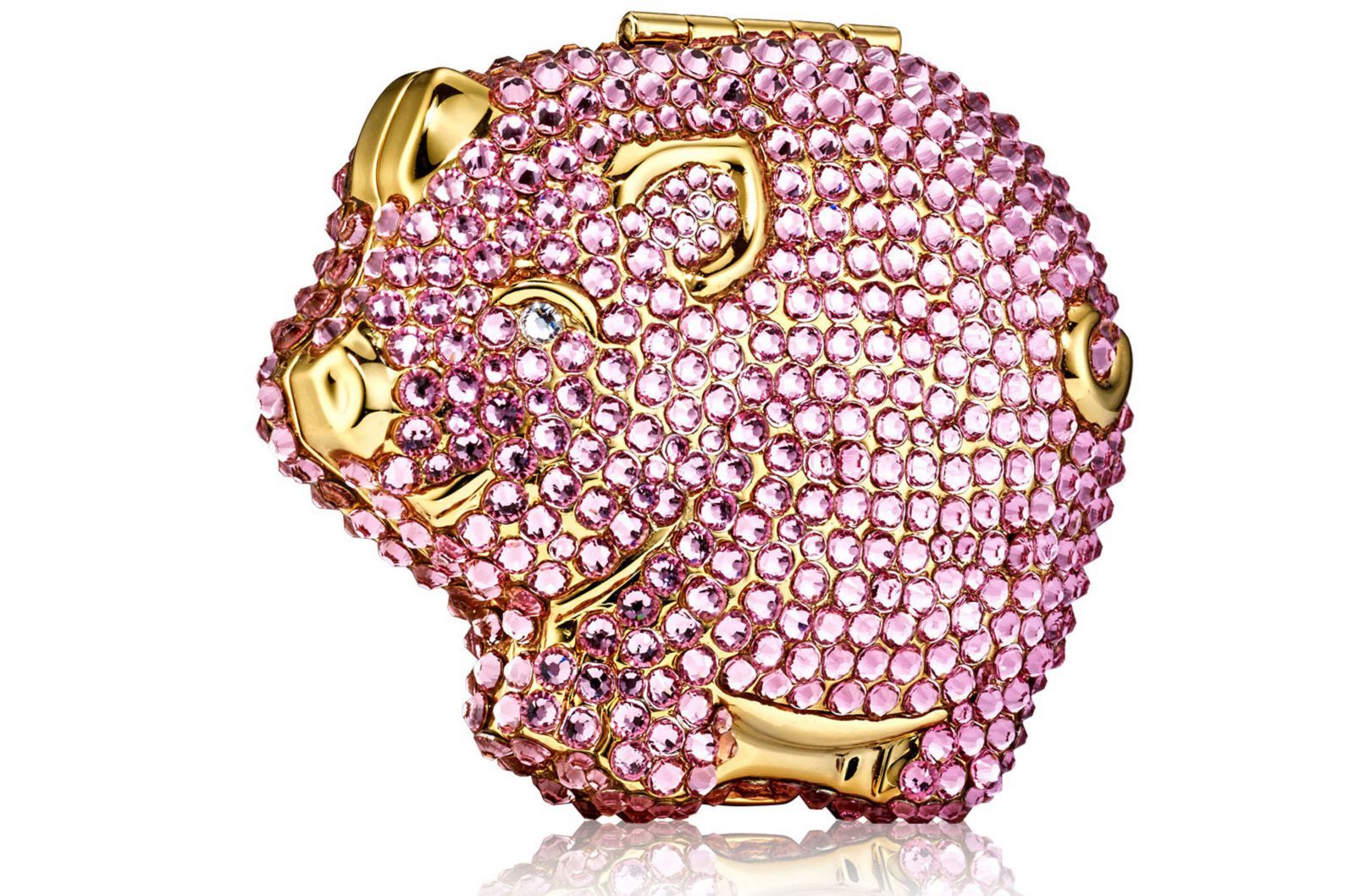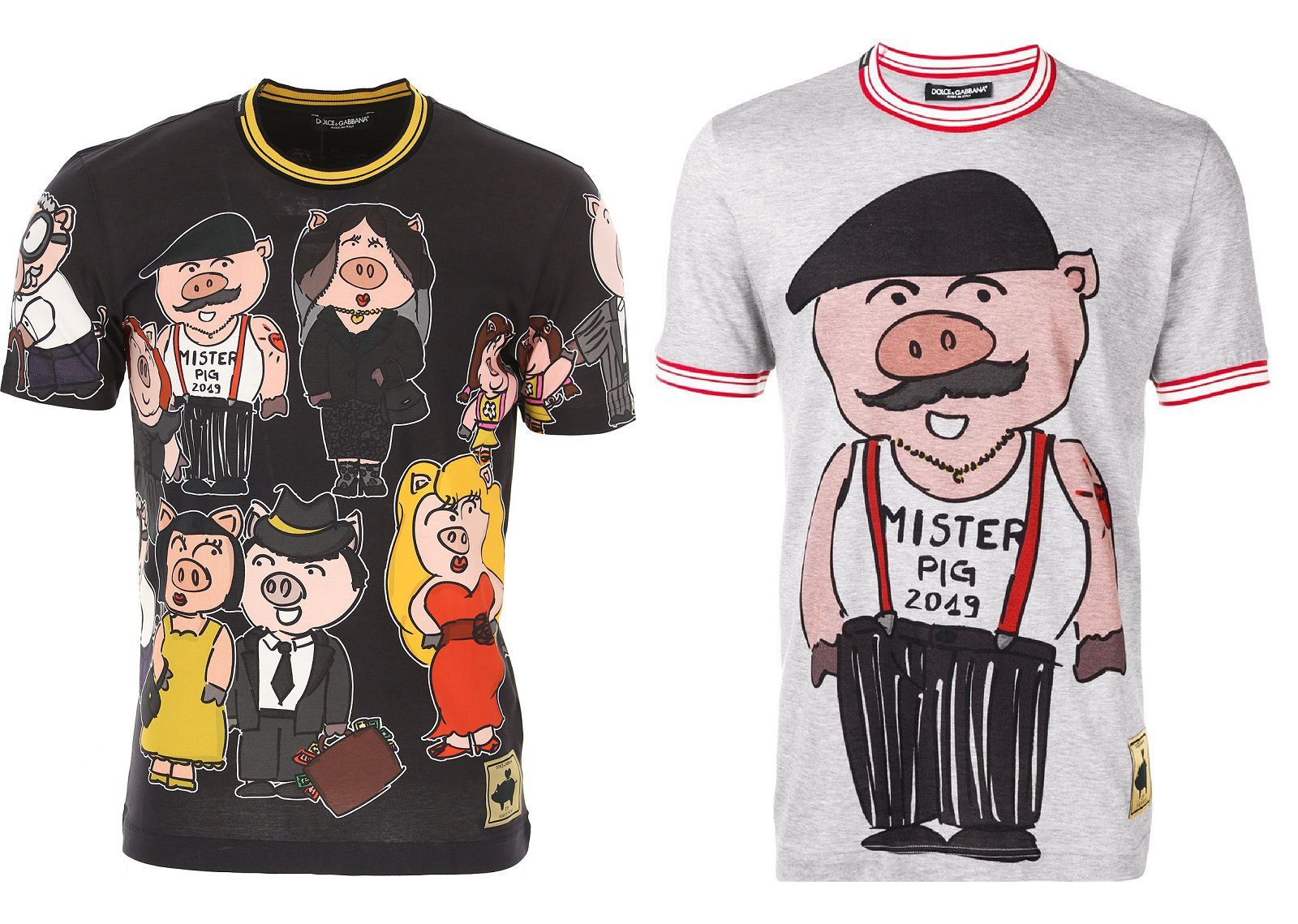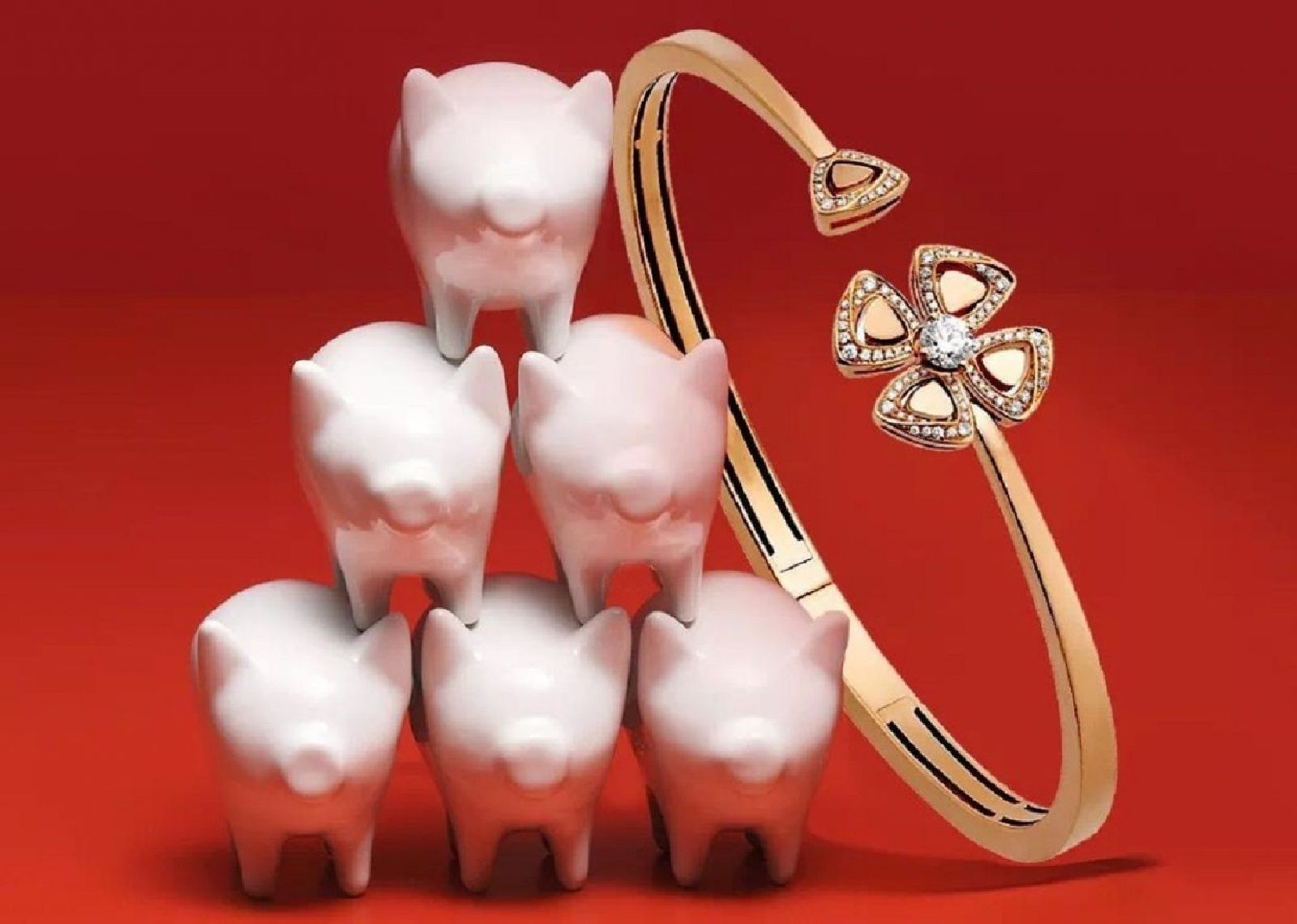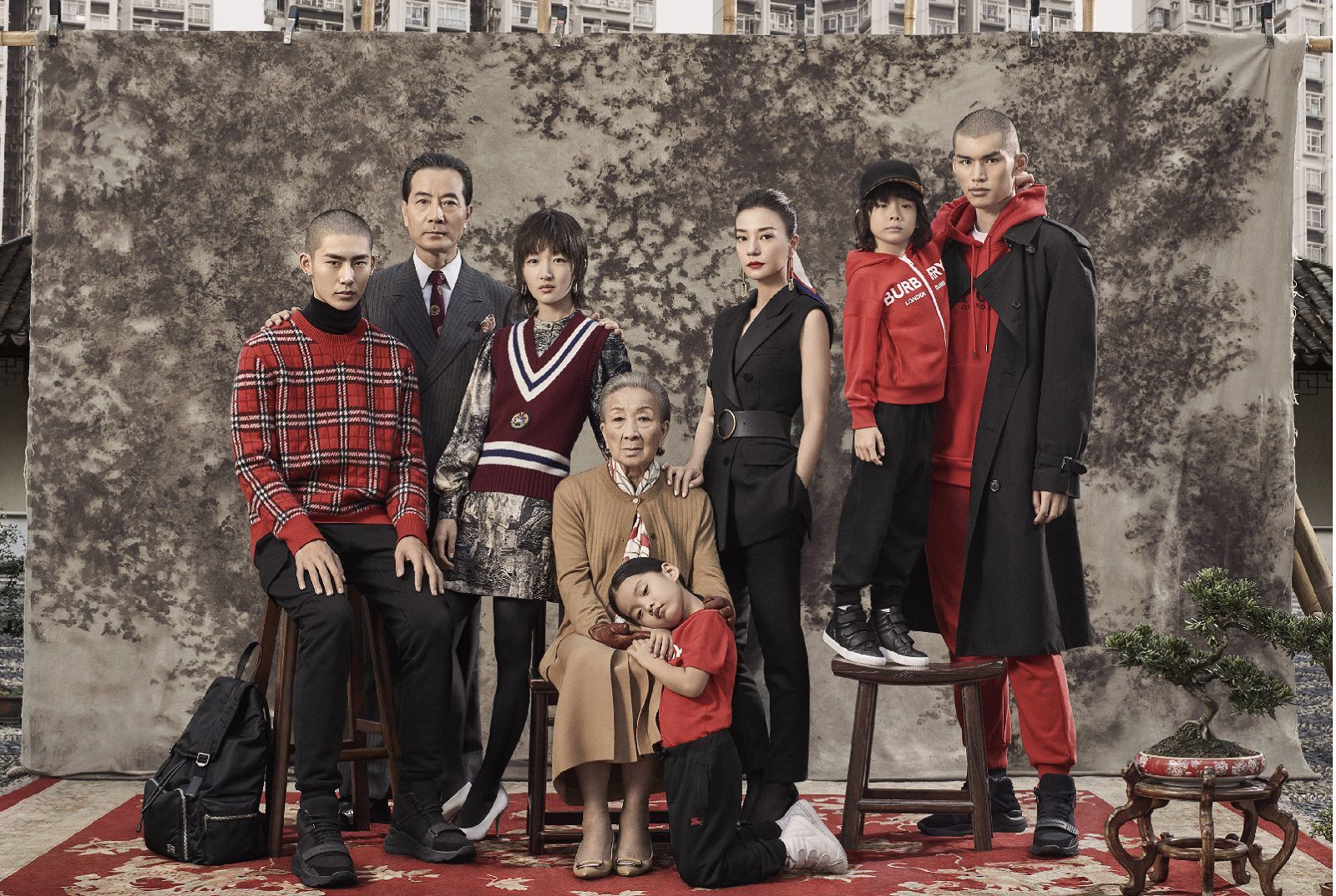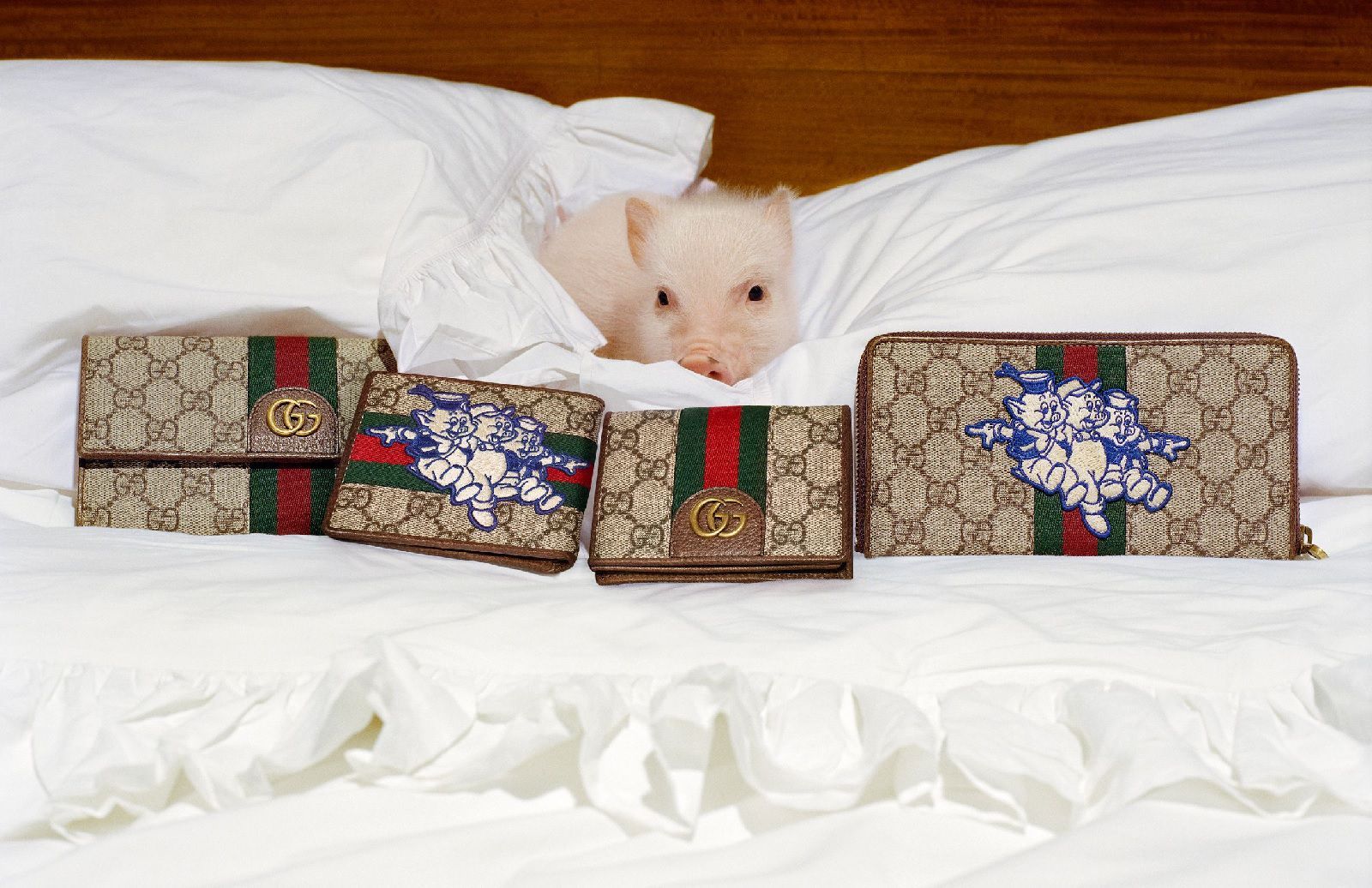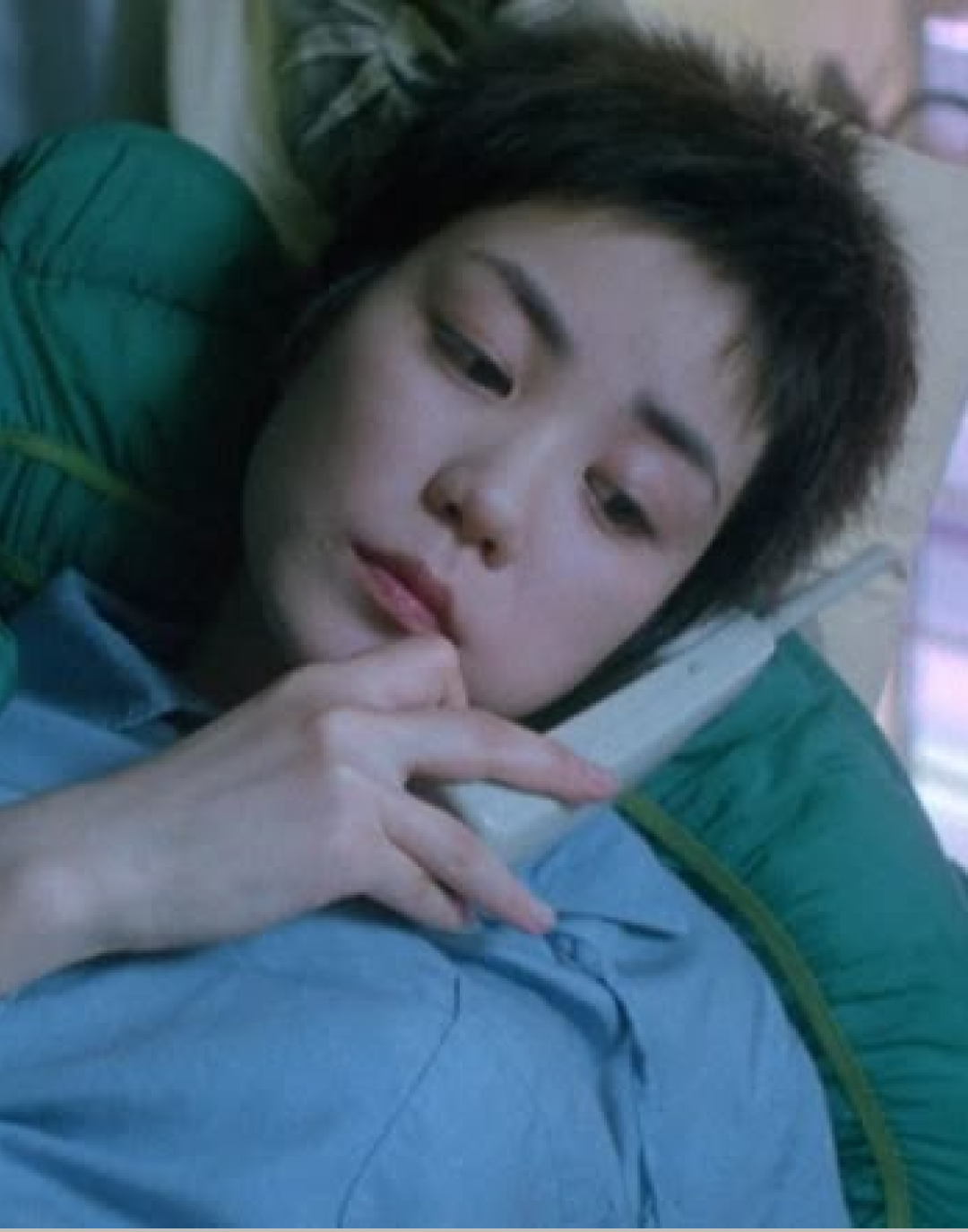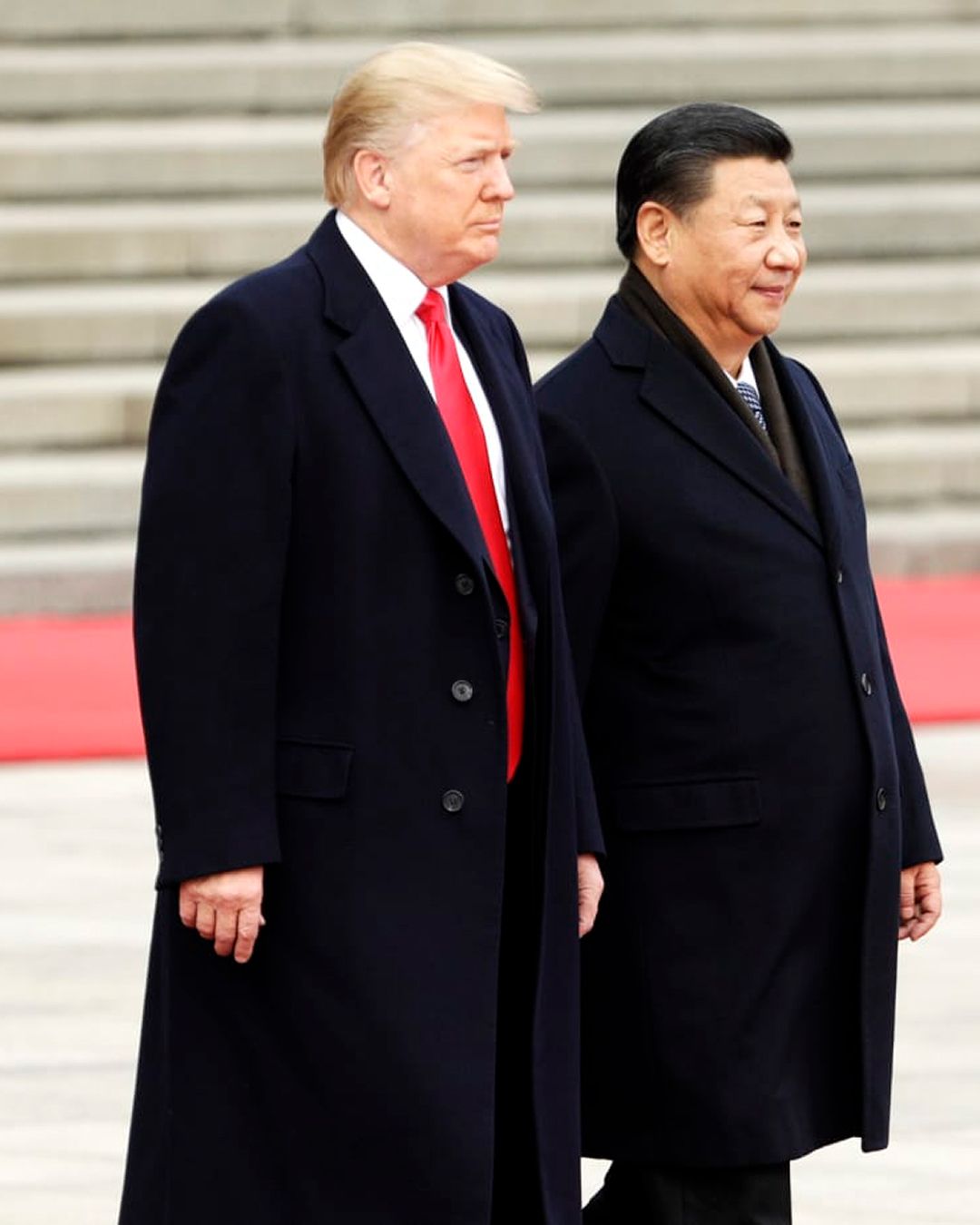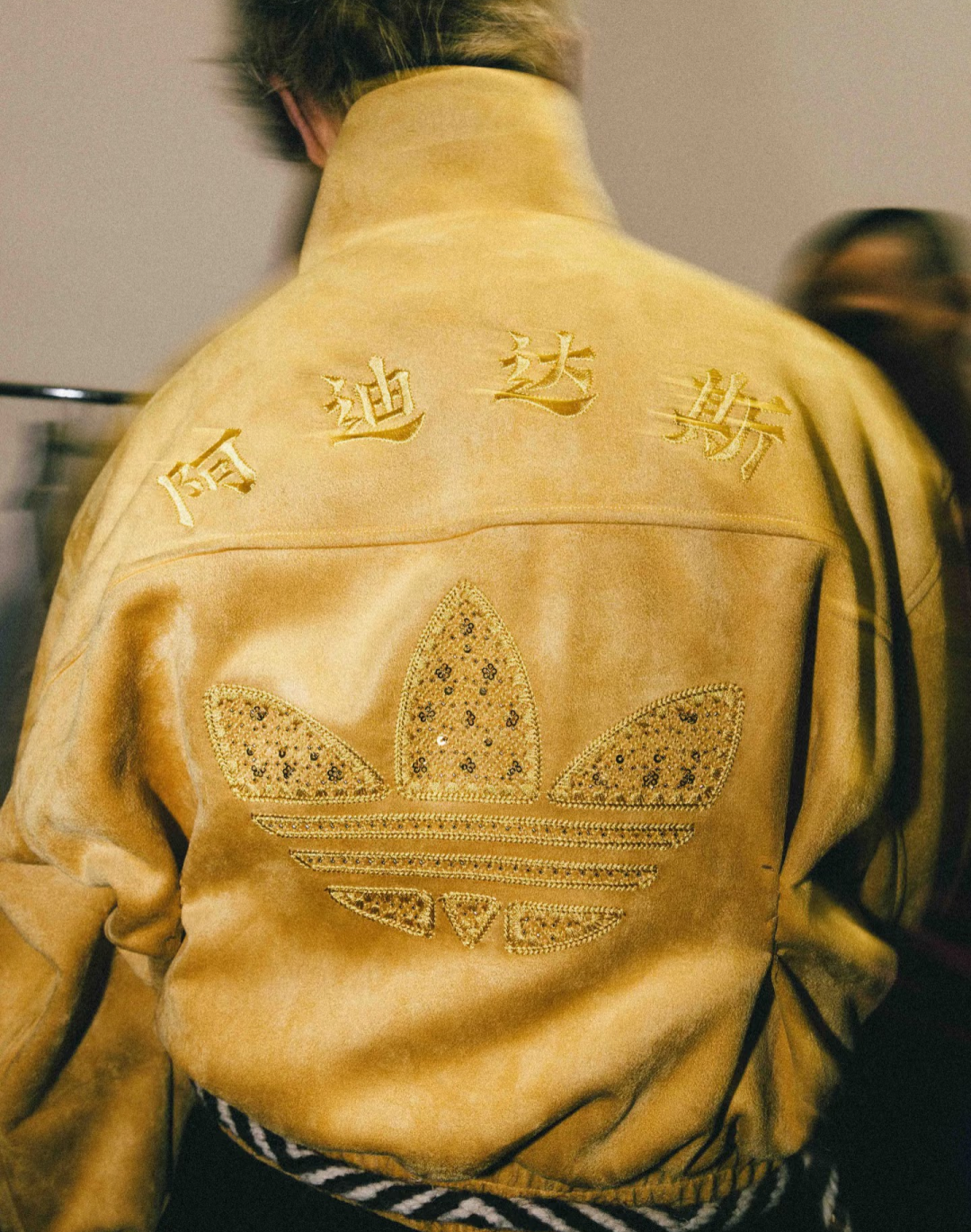
Happy year of the Pig How brands are handling the start of the Chinese year of the pig
Tuesday, February 5 we celebrate the Chinese New Year and the arrival of the year of the pig. For the occasion, many western companies carry out advertising campaigns, capsule collections and ad hoc products. Considering the recent episode that saw the designers of D&G being accused of racism after the spread of the latest advertising campaign, Qz.com wanted to analyze the proposals of the main luxury brands to celebrate the event, and how these were accepted by the population Chinese. Here are the most interesting and controversial results.
Burberry
The British fashion house presents Modern Tradition, an advertising campaign created by photographer Ethan James Green with the participation of the brand ambassadors Zhao Wei and Zhou Dongyu. To launch the new mix of classic and urban garments, from trench coats and scarves with archival prints, trench coat to hooded sweatshirts and jogging pants, Riccardo Tisci focuses on an aesthetic inspired by the classic portraiture, but transposed in an informal urban environment, a sort of point of union between tradition and modernity. A simple and respectful idea both of the population and of the Chinese culture. This latest Burberry project was not exempt from criticism. A Weibo user said:
"What part of this family picture looks like a happy family portrait? It's creepy and looks like a ghost movie, are you misunderstanding Chinese culture?";
Or on Channel New Asia:
"First Balenciaga, then Dolce & Gabbana and now Burberry? The Chinese New Year is a time for family reunions, joy and luck, these people seem actors in a horror movie."
Bulgari
Instead of incorporating the figure of the pig into accessories, as many other brands have done, Bulgari has chosen to show the cute animal as a co-star of the shots that emerge between a rose gold necklace in the shape of a flower with diamonds and an edition watch limited. All accompanied by sentences that contain, in a mixture of Chinese and English, the term "Jew", used here as a diminutive of "jewelry", playing with it both homophone of two Chinese characters that have the same pronunciation- 珠 (zhū in mandarin), which means jewels, and 猪, or pork. Too bad, however, that "Jew" is also the diminutive of "jew" and, as noted in a tweet Natey Bakes, the combination with the pig is not very respectful in a culture in which the kosher diet regime prohibits the consumption of pig meat. Result? The cancellation of advertising.
Gucci
Alessandro Michele has chosen to celebrate the new year by reinterpreting the classic Disney cartoon The Three Little Pigs, the subject of prints of a new selection of 35 pieces, from sweaters to wallets. Gucci has accompanied the launch of the capsule to an advertising campaign taken by photographer Frank Lebon. In the images of the campaign they show various eccentric characters who lead luxurious lives to New York in the company of their domestic pigs. The project "The Gucci Pig Family" was very welcome as confirmed by an article by scmp.com and the Weibo platform.
Dolce & Gabbana
D&G holds firm and, despite the massive boycotts triggered by the famous videos accused of racism, tries to regain the Chinese market. It does so with a collection of t-shirts ad hoc for the year of the pig. This time the proposal of the Sicilian duo has not triggered any protest, but many Chinese social media doubt in a sales boom.
Estee Lauder
The strangest reaction among all the luxury brand projects for the Chinese New Year is surely the one caused by the powdered pig-shaped powder of Estee Lauder that, someone claims has triggered the tricofobia, that is the phobia of irregular groups of small holes or protuberances.










































